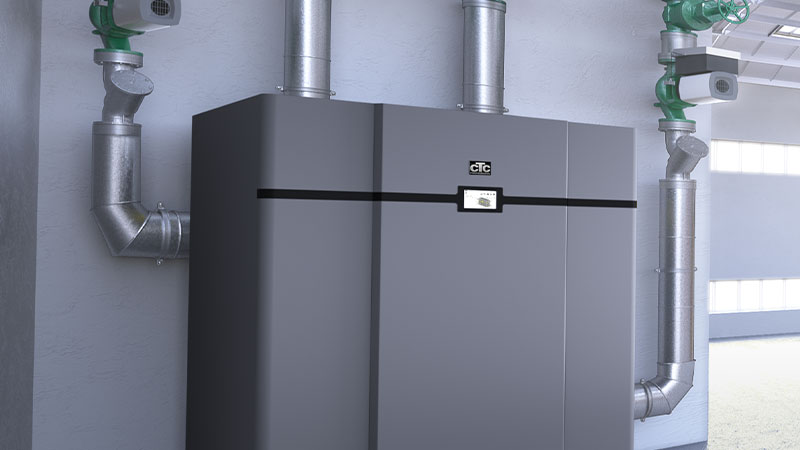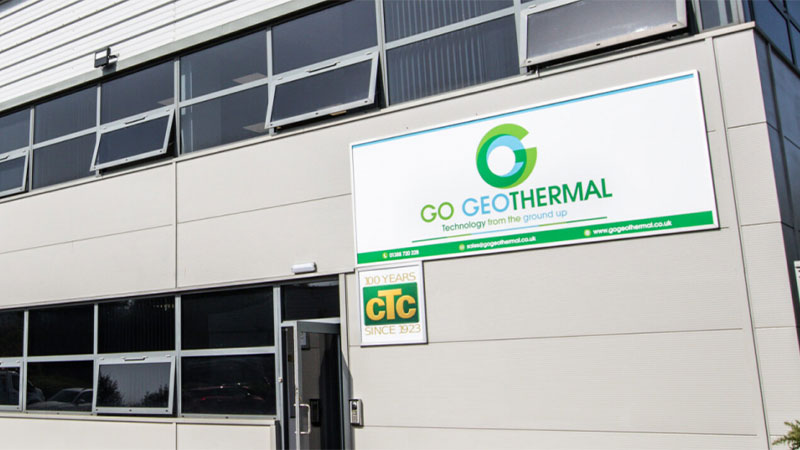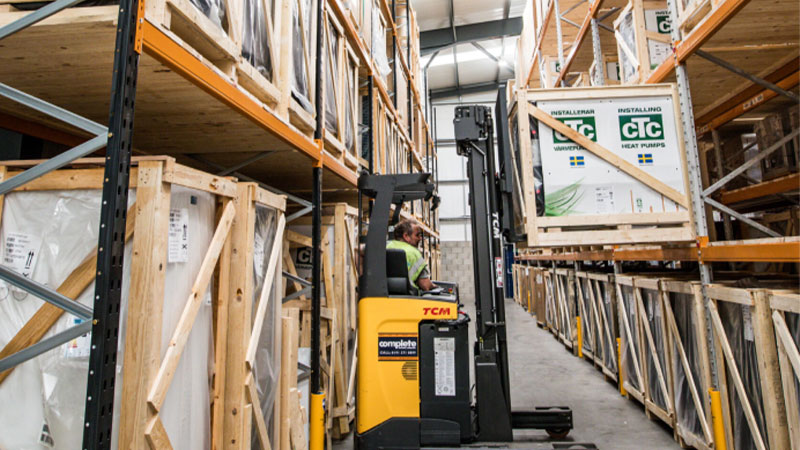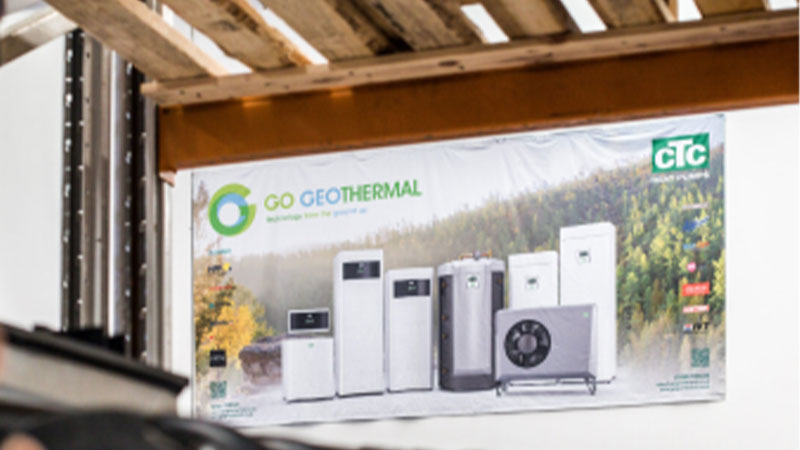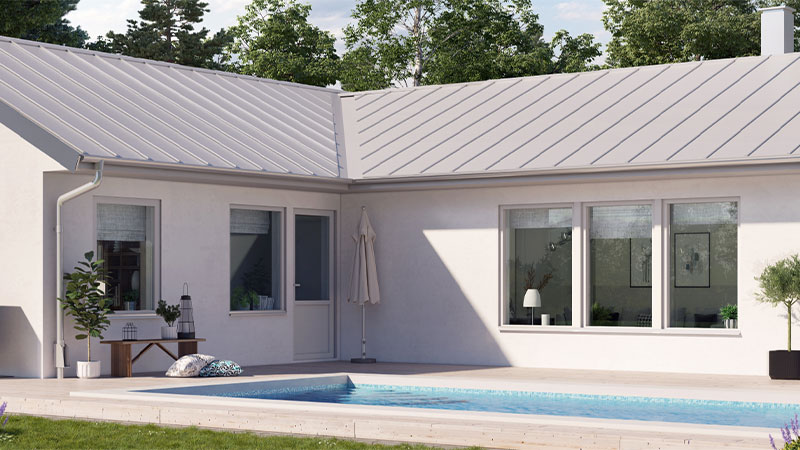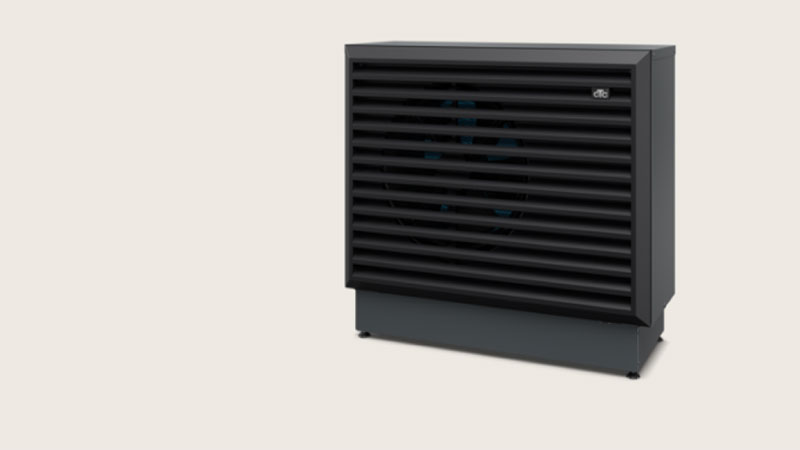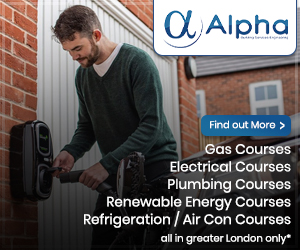Address
Unit 9 Maple Way
Aycliffe Business Park
Aycliffe Business Park
Newton Aycliffe
Nottinghamshire
DL5 6BF
About Go Geothermal Ltd Heat Pump Training
Our national training centre in Newton Aycliffe offers one-day hands-on CTC heat pump installation and design courses, with more UK locations coming in 2024.
BPEC Heat Pump Training
At Go Geothermal Ltd, we offer specialised BPEC (British Plumbing Employers Council) Heat Pump training designed to equip you with the skills and knowledge needed to install, maintain, and service modern heating systems.
What do our BPEC courses include?
Our programme focuses on the latest energy-efficient technology, which transfers heat between the interior of a building and the outdoors, making it suitable for both heating and cooling spaces. You’ll gain expertise in both Air Source Heat Pumps and Ground Source Heat Pumps, providing comprehensive knowledge of these systems.
3 Day BPEC Installation
Our course teaches you how to install and maintain air source heat pump systems and is recognised by the Microgeneration Certification Scheme (MCS). If you have qualifications like N/SVQ Level 2/3 in relevant fields such as Plumbing, Heating and Ventilating, Oil-Fired Technical Services, or Gas Installation and Maintenance, you will be eligible for our course. If you are a heating installer with experience in wet central heating systems you could also qualify!
5 Day BPEC Installation
Go Green Academy offers nationally accredited courses for aspiring heat pump installers, providing a comprehensive blend of theoretical and practical training using real CTC heat pumps.
Water Regulations/Byelaws
This course covers the Water Supply (Water Fittings) Regulations 1999 for England and Wales and the Water Byelaws 2014 for Scotland, meeting WRAS requirements. It is suitable for those requiring an understanding of water regulations/byelaws and those wishing to become approved plumbers/contractors. The course includes twelve comprehensive modules, followed by assessments, with no practical elements. Trainees must have some knowledge of plumbing and the water industry. Certification helps meet the criteria for joining competent person schemes like APHC.
Full Heat Pump Design
When designing your Heat Pump heating system you need to assess the building’s heating and cooling capabilities, choose between a Ground Source or Air Source Heat Pump, then choose the right components to go with this. From your compress, to coils and refrigerant.
1. Site Survey
The first step in the Heat Pump design process involves a thorough site survey conducted by the installer. During this visit, the installer will examine your current heating systems and require access to most rooms including the loft and cellar spaces. They will discuss the best site position for the external unit (if using an Air Source Heat Pump) and the placement of any necessary internal units.
2. Quotation
If your building is deemed suitable for Heat Pump installation the installer will provide an indicative quotation. This quote is typically a price range at this stage, giving you a rough estimate of the potential costs involved.
3. Standard Assessment Procedure or Energy Performance Certificate
Upon acceptance of the initial quotation the installer will arrange for a full Standard Assessment Procedure (SAP) or Energy Performance Certificate (EPC) report to be conducted on the property. This detailed report outlines the specific Heat Pump requirements based on the building’s exact design conditions. Completing this step is essential for accessing most Government Grant funding schemes, which can significantly reduce the installation costs.
4. Accurate Quotation and Equipment Schedule
After receiving the SAP/EPC report, the installer will compile a fully accurate quotation. This comprehensive quote includes a detailed equipment schedule, specifying the necessary Heat Pumps, Hot Water Tanks and any required radiator or pipework changes. The precision of this quotation ensures that you understand the exact scope and cost of the project.
5. Customer Agreement
Once you review and agree to the detailed quotation, the installation process can commence. Your agreement signals the final go-ahead for the installer to proceed with the work.
6. Installation
The installer will carry out the installation of the Heat Pump system, ensuring that all components are correctly fitted and operational. This phase involves setting up both external and internal units, as well as any necessary modifications to your heating infrastructure.
7. Commissioning and Sign Off
Upon completion of the installation, the system will be commissioned and signed off. This involves thorough testing to ensure everything is working as expected and meets all required standards.
8. Paperwork Submission
Finally, the installer will handle the submission of all necessary paperwork for grant approval and, if required, notify the Distribution Network Operator (DNO). This step ensures that you receive any applicable grants and that the new system is correctly registered.
 UK
UK Ireland
Ireland Scotland
Scotland London
London





